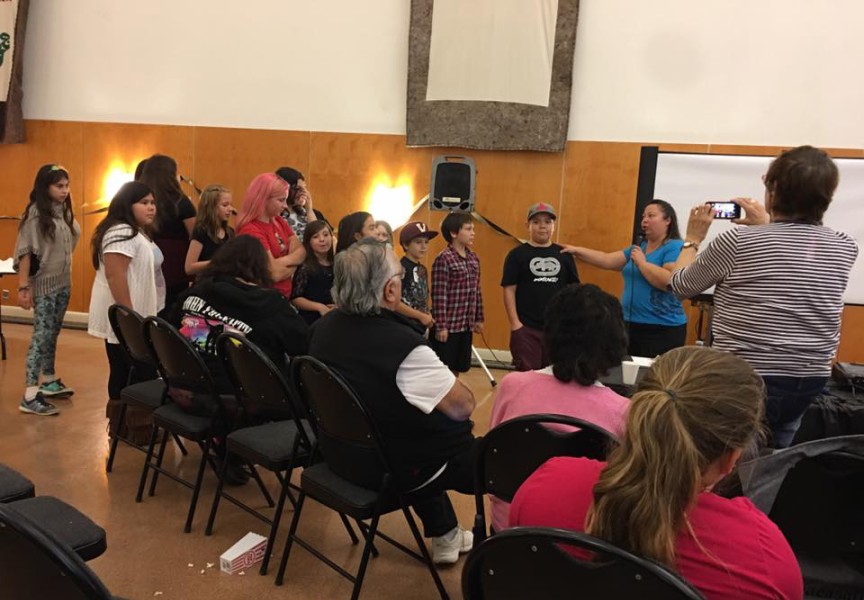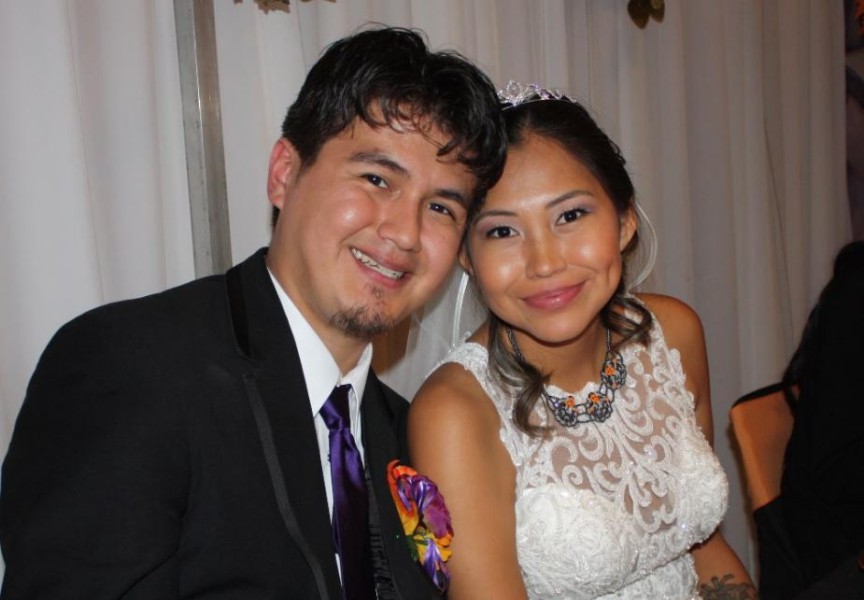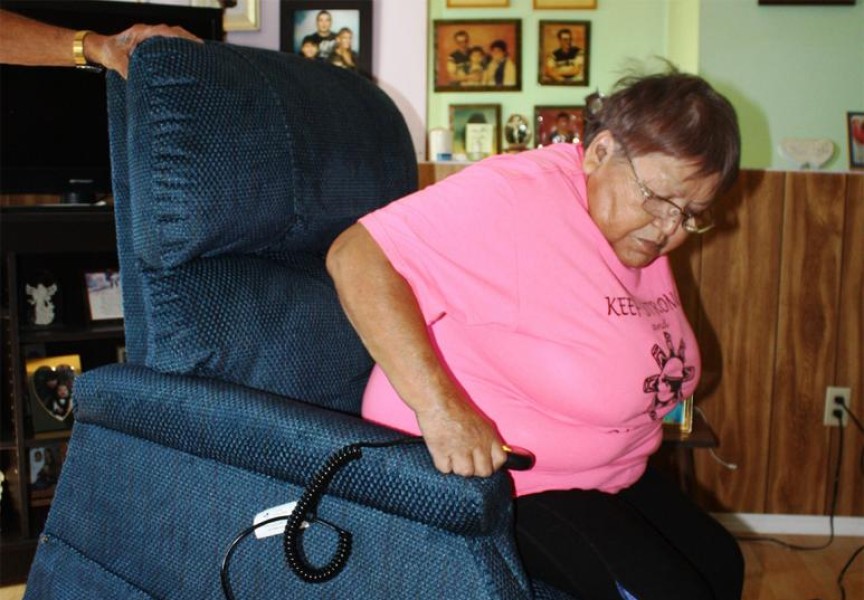It’s 7:30 in the morning and Deb Masso, Nuu-chah-nulth Education Worker (NEW), has arrived at middle school E.J.Dunn far ahead of the students to begin her day. It is an early day for Deb because she has some pancakes and bannock to make before her students arrive at school.
Masso has been working with the Nuu-chah-nulth Tribal Council as a Nuu-chah-nulth Education Worker since 1997. It is her fourth year at E.J. Dunn. There are about 15 NEWs in schools up and down the West Coast of Vancouver Island.
Masso began her NEW career working with elementary schools in the Alberni Valley. She spent time at Eighth Avenue, Wood, Gill and Redford elementary schools. She also worked at Alberni District Secondary School when it was at the old Burde Street location.
“I always loved working with the elementary students and, at first, had a hard time adjusting to working with older children,” she admits.
Young people in their pre or early teens are going through so much, both physically and emotionally, and that is why she chose to stay and meet the challenge.
“I knew this is where I am needed,” said Masso.
After serving a hot breakfast she joins an art class with guest teacher Musqueam artist Ray Sim. Students taking part in the class had signed up for it and not all the children were first nations. Sim took his students step-by-step through the drawing of an eagle head in the west coast tradition.
They paid close attention, making their own versions. When they were done they stopped for a bannock break, then came back and asked Mr. Sim questions about his artwork. He promised to return in two weeks with some carvings that the boys wanted to see.
After art class Masso rushes back to the Home Economics lab to clean up the pancake and bannock mess before rushing off to help in a science class. There, the Grade 8 students are learning about the function of human kidneys and bladder. Masso quietly moves from student to student, occasionally kneeling down and whispering support where needed.
When science class is over Masso rushes back to her office which is two rooms; one room is a small resource area set up with tables, desks and book shelves. In one corner are totes labelled cedar, shawls or drums. Seated at row desks are young ladies who were using the quiet time to catch up on their homework.
Inside her office, Masso talks about the Transformations Group. She said it is a song and dance group designed to help the students who need an extra boost to change for the better.
In the Transformations Group, students may work on song, dance, regalia or first nations art. “Sometimes we get guest speakers in,” she explained. For example, Cliff Atleo, former Nuu-chah-nulth Tribal Council president, came to visit the students twice to teach them the Nuu-chah-nulth Song.
Kevin Titian will come to the school to teach song and dance. He also helps the students prepare for the Spring Culture Festival, which will take place in May. The festival is an opportunity for all SD70 schools to demonstrate what they’ve accomplished in terms of learning about first nations culture.
Masso will help the students prepare for their presentations to the SD70 School Board and for the Aboriginal Day Assembly in June.
She not only offers cultural and academic support but also emotional and social support to the students. “We have a lunch group where the kids can catch up with any homework or just to play games or do crafts; it’s a safe place to hang out,” said Masso.
“I try to keep up with the kids and their families’ moves and I just try to make sure I touch base with each child,” she said. Some families move frequently and it’s important to keep up-to-date with contact information. There’s nothing worse than having an emergency and not knowing where to reach the parents.
We have a student support team and we keep track of any students that may be struggling. Sometimes I will take a few students aside and work with them in a small group, she said.
Masso has a schedule but her job requires flexibility. She moves around the school all day, plugging in where she’s needed most.
“I like to have an open door so children feel free to come in,” she said. “The teachers understand if I am called away for a crisis, like when a student has an accident or something like that,” she added.
Masso is familiarizing herself with a new resource kit provided by the government of Canada. Called 100 Years of Loss, the kit provides teaching materials designed to help Canadian children understand the history and legacy of Canada’s Indian residential schools.
Masso said some teachers in the school are interested in the kit and hope to begin using it in the classrooms very soon.
Every year the principal applies for funding from the province to support the program because it promotes the success of aboriginal students. The proof is in the fact that the graduation rate for aboriginal students has gone up, Masso said.






